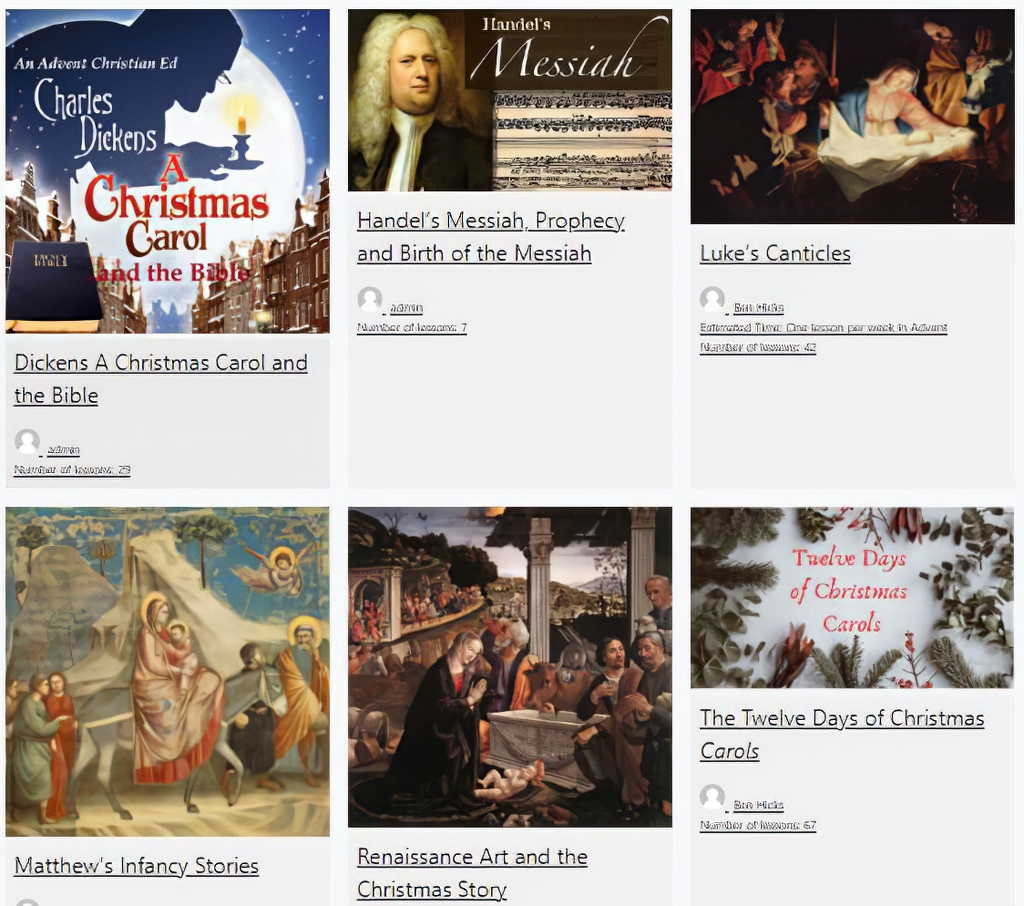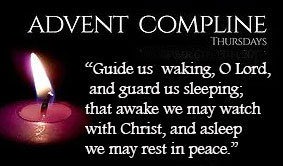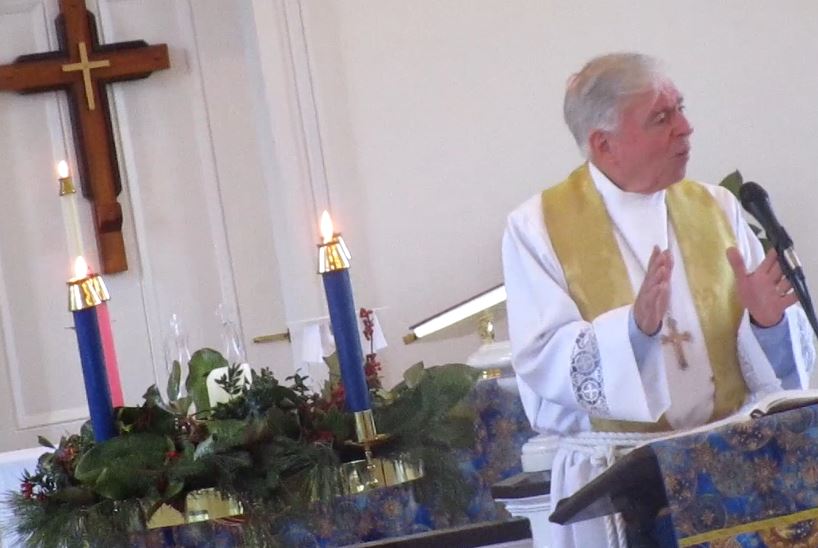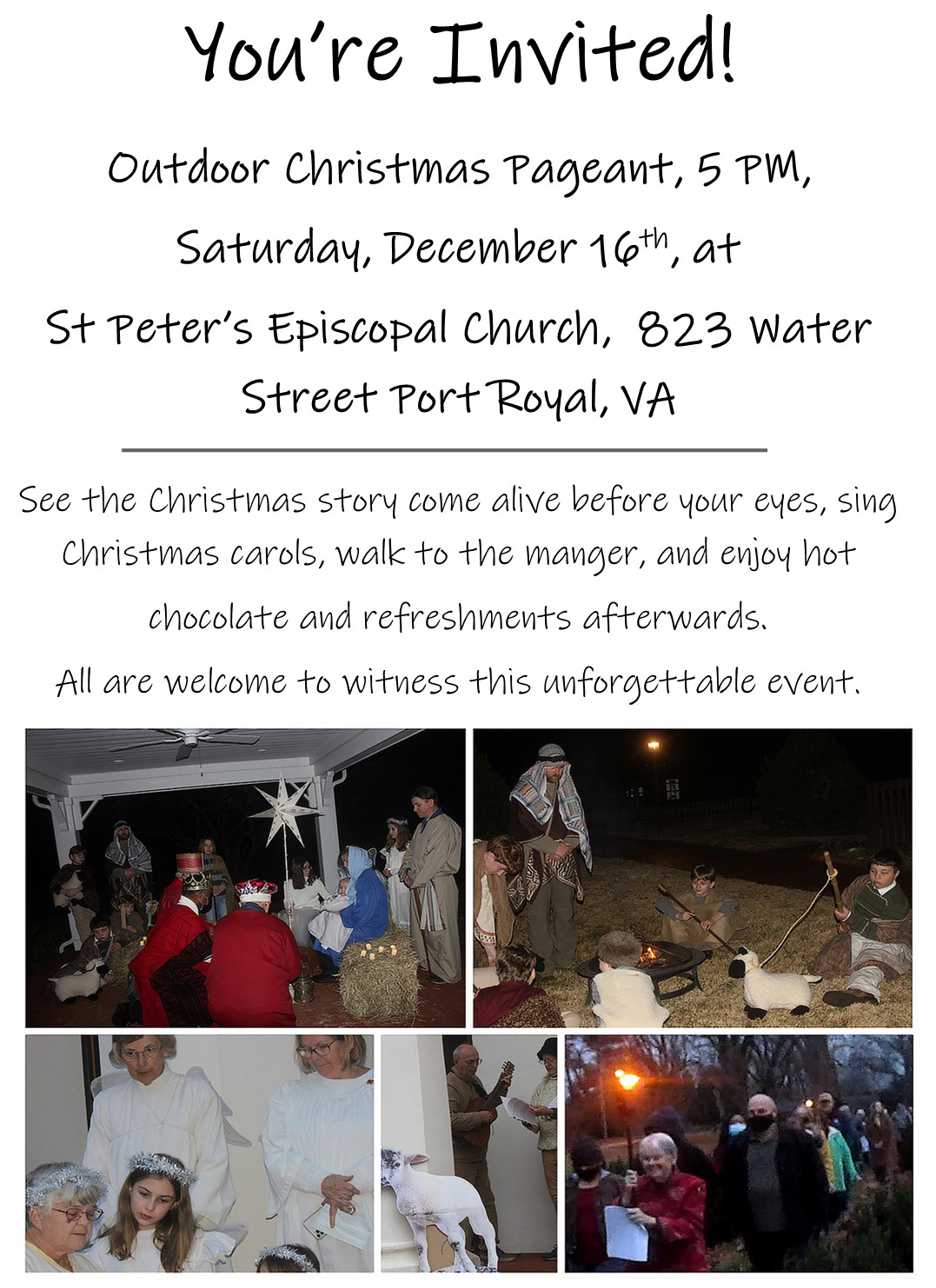Looking at Sin by Debie Thomas
John’s gaunt austerity is the only gateway we have to the swaddling clothes, angel’s wings, and fleecy lambs we hold dear each December. As baffling as it may seem, the holy drama of the season depends on the disheveled baptizer’s opening act. So again, why the wilderness?
For starters, because the wilderness is a place of vulnerability, risk, and powerlessness. In the wilderness, we have no safety net. To locate ourselves at the outskirts of security and power is to confess our neediness in the starkest terms. In the wilderness, we have no choice but to wait and watch as if our lives depend on God showing up. Because they do. And it’s into such an environment — an environment so far removed from safety as to make safety laughable — that the word of God comes.
“Sin.” We associate it with shame, guilt, and condemnation.
Advent begins with an honest, wilderness-style reckoning with sin. We can’t get to the manger unless we go through John, and John is all about repentance. Is it possible that this might become an occasion for relief? Maybe, if we can get past our baggage and follow John out into the wilderness, we will find comfort in the fact that something more profound is at stake in our souls than, “I make mistakes sometimes,” or “I’ve got a few issues.” What ails is something deeper, grimmer, and far more consequential.
Sin, at its heart, is a refusal to become fully human. It’s anything that interferes with the opening up of our whole hearts to God, to others, to creation, and to ourselves. Sin is estrangement, disconnection, sterility, disharmony. It’s the sludge that slows us down, that says, “Quit. Stop trying. Give up. Change is impossible.”
Sin is apathy. Care-less-ness. A frightened resistance to an engaged life. Sin is the opposite of creativity, the opposite of abundance, the opposite of flourishing. Sin is a walking death. And it is easier to spot, name, and confess a walking death in the wilderness than it is anywhere else.
John underscores his message of repentance with a harrowing description of the coming Messiah
I wonder if we squirm because we misconstrue the meaning of judgment. I tend to equate judgment with condemnation, but in fact, to judge something is to see it clearly — to know it as it truly is. In my dictionary, synonyms for judgment include discernment, acuity, sharpness, and perception.
What if John is saying that the Messiah who is coming really sees us? That he knows us at our very core? Maybe the winnowing fork is an instrument of deep love, patiently wielded by the One who discerns in us rich harvests still hidden by chaff. Maybe it’s in offering God every particular of our lives that we give Him permission to “clear” us — to separate all that’s destructive from all that is good, beautiful, and worthy.
Finally, Matthew suggests that the wilderness is a place where we can see the landscape whole, and participate in God’s great work of leveling inequality and oppression.
Unless we’re in the wilderness, it’s hard to see our own privilege, and even harder to imagine giving it up. No one standing on a mountaintop wants the mountain flattened. But when we’re wandering in the wilderness, and immense, barren landscapes stretch out before us in every direction, we’re able to see what privileged locations obscure. Suddenly, we feel the rough places beneath our feet. We experience what it’s like to struggle down twisty, crooked paths. We glimpse arrogance in the mountains and desolation in the valleys, and we begin to dream God’s dream of a wholly reimagined landscape. A landscape so smooth and straight, it enables “all flesh” to see the salvation of God.
Where are you located during this Advent season? How close are you to security and power, and how open are you to risking the wilderness to hear a word from God? What might repentance look like for you, here and now? Where is God leveling the ground you stand on, and what will it take for you to participate in that uncomfortable but essential work?
Debie Thomas: The Voice of One Crying
https://www.journeywithjesus.net/essays/2470-the-voice-of-one-crying
Read more













